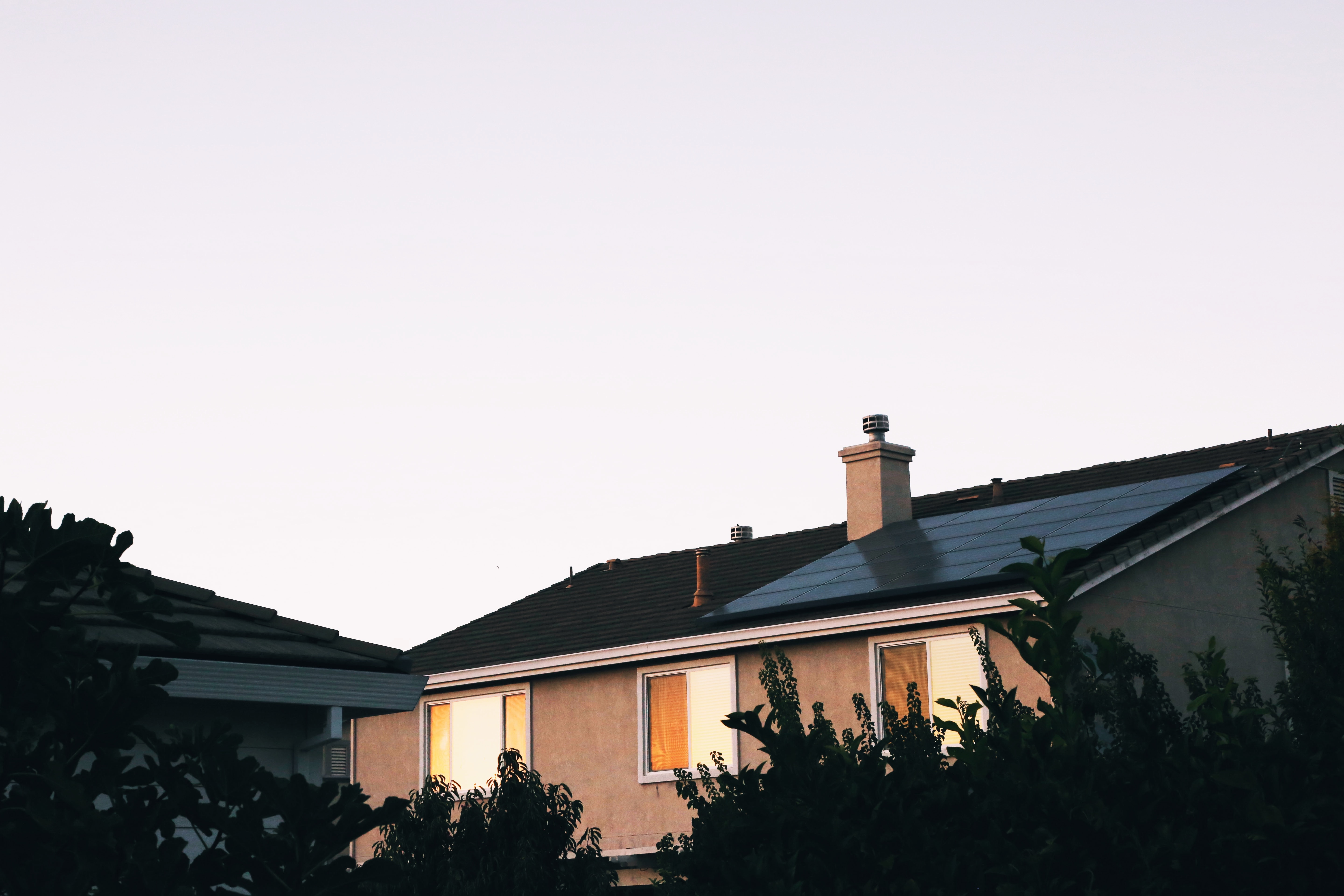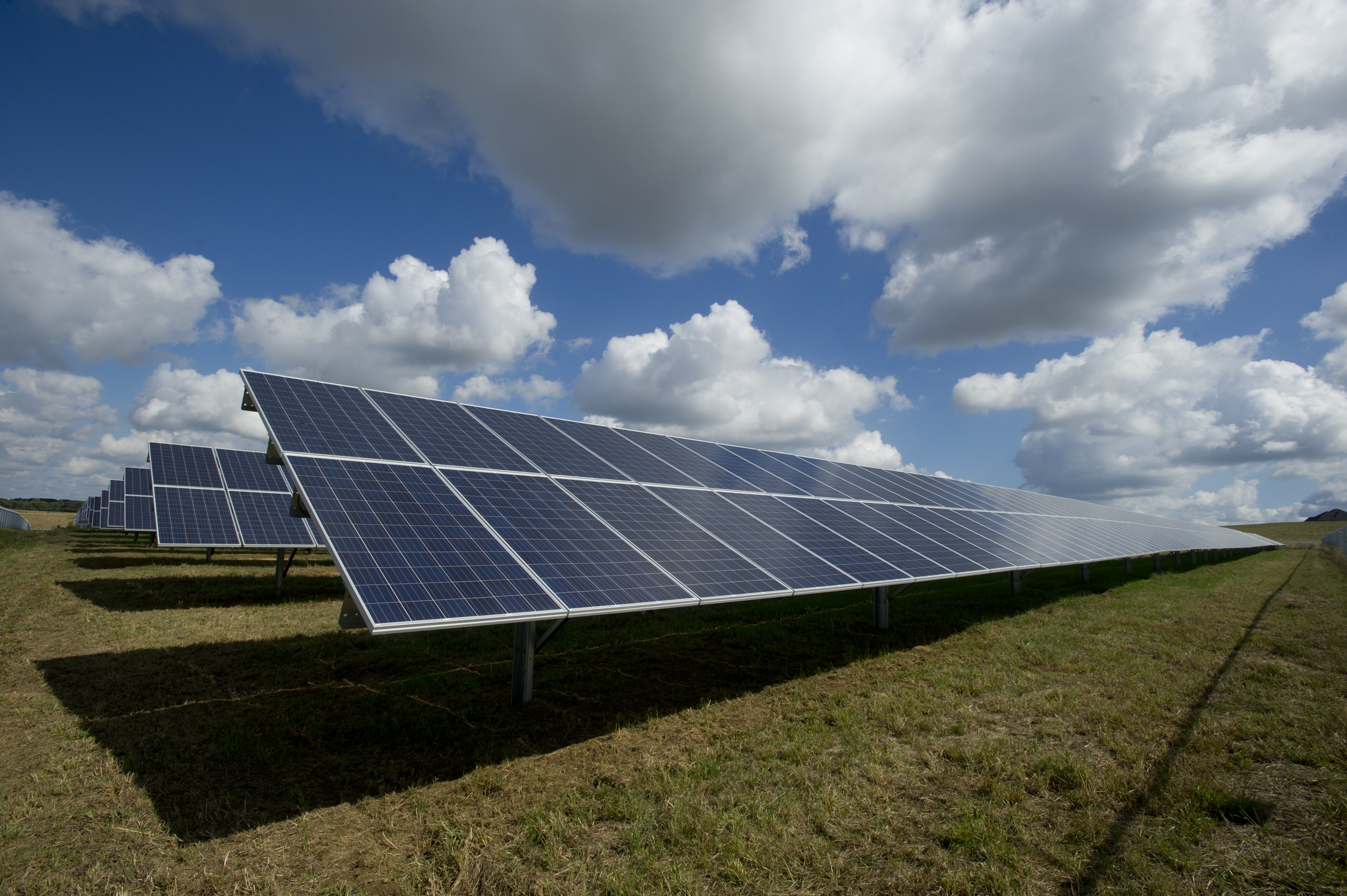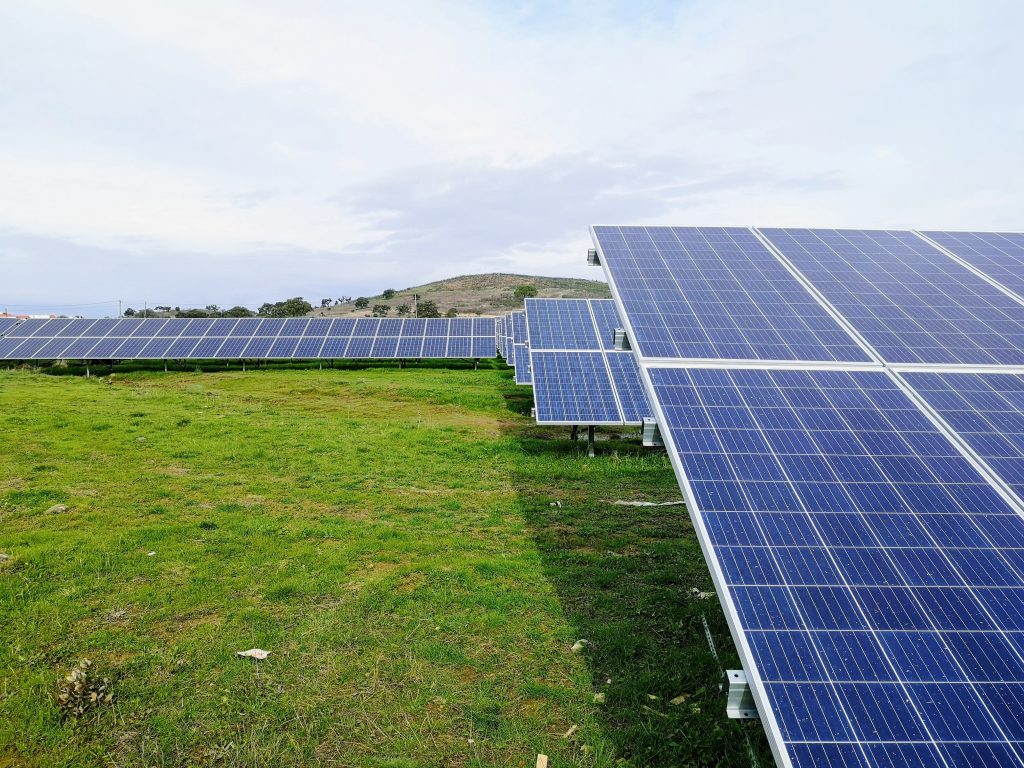How Long Do Solar Panels Last
As an Amazon Associate, I earn from qualifying purchases, at no additional cost to you. Disclaimer
As someone who has always been curious about solar energy and its long-term benefits, I often find myself wondering: How long do solar panels actually last? After some thorough research and speaking to experts in the field, I have come to discover some interesting insights. Solar panels have an impressive lifespan, with most manufacturers guaranteeing their products for 25 to 30 years. However, studies have shown that solar panels can continue to generate electricity for up to 40 years or more, making them a wise and sustainable investment for both homeowners and businesses alike. So, let’s delve into the world of solar panels and explore just how long they can truly last.

Factors That Affect the Lifespan of Solar Panels
Solar panels are a long-term investment in sustainable energy, and knowing the factors that affect their lifespan is essential for maximizing their efficiency and durability. Several key factors can impact the longevity of solar panels, including the quality of manufacturing, installation practices, climate conditions, maintenance and cleaning routines, physical wear and tear, age and degradation, technology advancements, warranty terms and coverage, as well as recycling and end-of-life options. By understanding these factors, individuals can make informed decisions to ensure the long-term reliability and performance of their solar panel systems.
Quality of Manufacturing
The quality of manufacturing plays a significant role in determining the lifespan of solar panels. It is crucial to choose reputable manufacturers with a proven track record of producing high-quality solar panels. Reputable manufacturers often adhere to rigorous production standards and certifications, ensuring that their solar panels are built to withstand a variety of environmental conditions. The materials used in the manufacturing process are also crucial. High-quality components and materials, such as tempered glass and durable frames, can enhance a panel’s ability to resist damage and increase its overall lifespan.

Installation Quality
Proper installation is another critical factor influencing the lifespan of solar panels. Hiring experienced and knowledgeable installers is paramount to ensure that the panels are correctly mounted and secured. A high-quality mounting system that can withstand various weather conditions, including strong winds and heavy snow loads, is necessary for the long-term stability of the panels. Additionally, the quality of wiring and electrical connections is crucial to maintain optimal energy production and prevent potential issues that could impact the lifespan of solar panels.
Climate Conditions
The specific climate conditions in which solar panels operate can have a significant impact on their durability and lifespan. Extreme temperatures can cause thermal stress on the panels, potentially leading to cracks or other damage over time. Similarly, high levels of humidity and moisture can increase the likelihood of corrosion or electrical issues. Solar panels designed to withstand hail and storms are particularly relevant in areas prone to severe weather events. Moreover, coastal areas face the added risk of saltwater corrosion, requiring panels with appropriate protective coating and materials.

Maintenance and Cleaning
Regular maintenance and cleaning are essential to keep solar panels functioning optimally throughout their lifespan. Regular inspection and cleaning help spot any issues, such as loose wiring or debris accumulation, before they become more significant problems. Careful handling of debris and vegetation around the panels can prevent shading, which can drastically reduce their energy production. Additionally, routine maintenance of inverters, which convert direct current (DC) energy into alternating current (AC) energy, is crucial to ensure the panels’ continued performance.
Physical Wear and Tear
Solar panels are exposed to various external factors that can cause physical wear and tear over their lifespan. Heavy snow loads, for example, can exert pressure on the panels, potentially leading to structural damage. Selecting solar panels with a high snow load capacity is important for regions with snowy winters. Wind can also pose a risk, particularly in areas prone to strong gusts or hurricanes, where panels may need to be reinforced or installed with additional precautions. Moreover, the risk of falling objects, such as tree branches or debris, should be considered during the installation process. Panels with high impact resistance can help mitigate these risks and increase their overall lifespan.
Age and Degradation
As with any technology, solar panels experience gradual performance decline over time. This degradation occurs at different rates depending on the specific technology employed. However, modern solar panels typically have a minimum lifespan of 25 to 30 years, with many manufacturers now offering warranties that guarantee 80% performance after 25 years. Factors such as extended use, weather conditions, and maintenance practices can influence the rate of degradation. Regular monitoring of performance and maintenance can help identify signs of deterioration and ensure the panels are operating efficiently.
Technology Advancements
Advancements in solar panel technology can have significant implications for the lifespan of solar panels. One notable improvement is the increasing efficiency of panels, allowing for higher energy production within the same physical footprint. Higher efficiency panels generally experience slower degradation rates, increasing their overall lifespan. Emerging technologies, such as bifacial panels or perovskite solar cells, show promise in improving panel efficiency and durability. Staying informed about these advancements can help individuals make informed decisions when choosing and upgrading their solar panel systems, maximizing their lifespan and energy output.
Warranty Terms and Coverage
Understanding the warranty terms and coverage provided by solar panel manufacturers is crucial for protecting one’s investment. Warranties typically include two important components: duration and coverage. The duration of the warranty represents the period during which the manufacturer guarantees a certain level of performance and protection against potential defects. Common warranty durations range from 10 to 25 years, with longer warranties typically indicating higher quality panels. It is essential to thoroughly read and comprehend the warranty terms, including any specific maintenance requirements or limitations that may affect eligibility for warranty claims. Dealing with warranty claims should be done promptly, following the manufacturer’s instructions, to ensure a smooth resolution.
Recycling and End-of-Life Options
As solar panels reach the end of their lifespan, proper recycling and disposal are crucial to ensure environmental sustainability. Solar panel recycling programs are becoming more prevalent in many regions, allowing for the recovery and reuse of valuable materials such as silicon and aluminum. These programs help minimize waste and resource depletion while supporting the growth of the renewable energy industry. Currently, a combination of mechanical and chemical processes is utilized to separate and recover the various components of solar panels. It is important for individuals and organizations to properly dispose of their end-of-life panels by participating in these recycling programs and adhering to local regulations.
In conclusion, several factors significantly influence the lifespan of solar panels, including the quality of manufacturing, installation practices, climate conditions, maintenance and cleaning routines, physical wear and tear, age and degradation, technology advancements, warranty terms and coverage, as well as recycling and end-of-life options. By considering these factors and making informed decisions, individuals and businesses can ensure the long-term reliability, performance, and sustainability of their solar panel systems.

